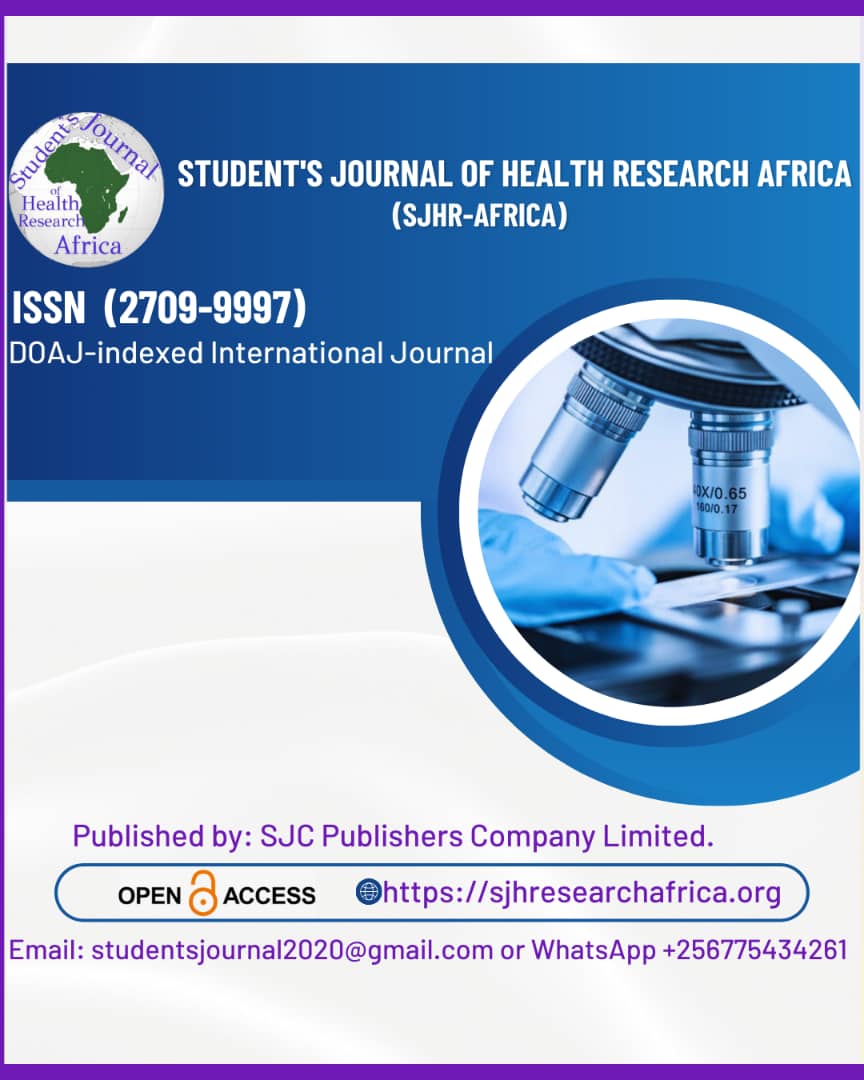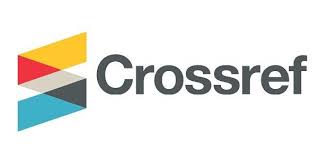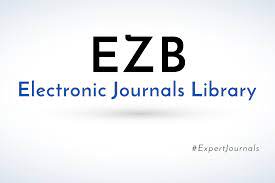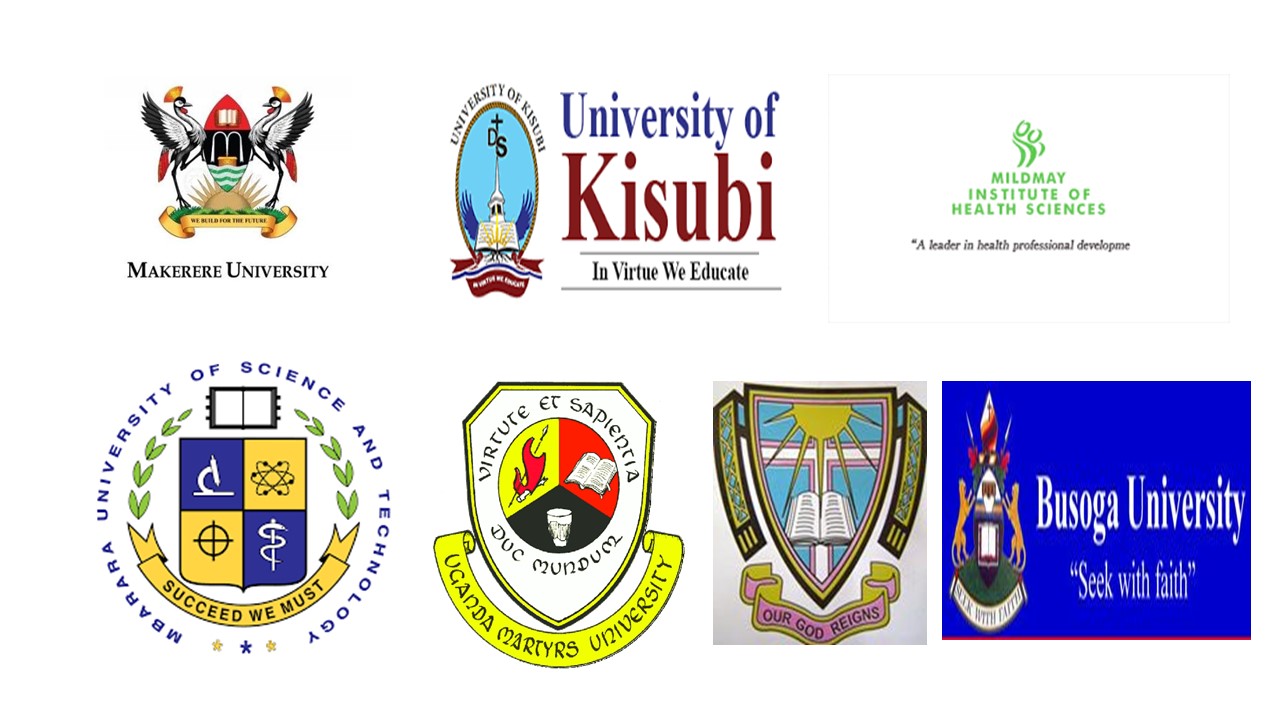A prospective comparative study between biodegradable temporizing matrix (BTM) and Matriderm in the reconstruction of lower lip and limb contractures.
DOI:
https://doi.org/10.51168/sjhrafrica.v6i9.2088Keywords:
Contracture reconstruction, Biodegradable Temporizing Matrix, MatriDerm®, Dermal substitutesAbstract
Background:
Reconstruction of post-burn and post-traumatic contractures, especially in the lower lip and limbs, requires an effective dermal substitute to restore both function and aesthetics. Biodegradable Temporizing Matrix (BTM) and MatriDerm® are two commonly used options with distinct properties.
Aim:
To compare the clinical outcomes of BTM and MatriDerm® in the surgical reconstruction of lower lip and limb contractures.
Materials and methods:
A prospective comparative study was conducted over 3 years at Patna Medical College and Hospital, involving 50 patients. Patients were randomly assigned to two groups: Group A (BTM, n = 25) and Group B (MatriDerm®, n = 25). Outcome measures included graft take, healing time, infection rate, aesthetic appearance, functional recovery, and patient satisfaction.
Results:
The study population comprised 27 males (54%) and 23 females (46%), aged 10–60 years (mean 32.4 ± 9.8 years). BTM demonstrated superior graft take (A1: 94%, A2: 91%) compared to MatriDerm® (B1: 88%, B2: 83%). MatriDerm® showed faster healing (B1: 16 days, B2: 18 days), but at the cost of higher infection rates (B1: 11%, B2: 22%). BTM groups had better aesthetic scores (A1: 8.8, A2: 8.3), functional recovery (A1: 91%, A2: 87%), and patient satisfaction (A1: 9.0, A2: 8.5). Lip reconstructions generally had better outcomes than hand reconstructions.
Conclusion:
BTM is more effective than MatriDerm® in achieving durable reconstruction with fewer complications. Individual patient assessment and further large-scale studies are recommended.
Recommendation:
MatriDerm® can be saved for smaller or less contaminated wounds, whereas BTM is advised for complex or mobile areas. It is necessary to do more extensive, multicentric research.
References
Raghunathan V, Yarrow J, Collier ZJ, Moiemen NS. Use of dermal substitutes in complex burn wounds: A systematic review. Ann Burns Fire Disasters. 2021;34(2):131-137.
Haslik W, Kamolz LP, Nathschläger G, Andel H, Meissl G, Frey M. First experiences with MatriDerm® as a dermal substitute in severe burn injuries of the limb. Burns. 2007;33(3):364-368. doi:10.1016/j.burns.2006.06.016. https://doi.org/10.1016/j.burns.2006.06.016
Stiefel D, Schiestl C, Meuli M. Integra artificial skin for burn scar revision in adolescents and children. Burns. 2010;36(1):114-120. doi:10.1016/j.burns.2009.02.004. https://doi.org/10.1016/j.burns.2009.02.004
Chua A, Song C. Skin substitutes in burns. Burns. 2010;36(5):588-596. doi:10.1016/j.burns.2009.09.005 https://doi.org/10.1016/j.burns.2009.09.005
Ryssel H, Gazyakan E, Germann G, Oehlbauer M. The use of MatriDerm® in early excision and simultaneous autologous skin grafting in burns: A pilot study. Burns. 2008;34(1):93-97. doi:10.1016/j.burns.2007.02.009. https://doi.org/10.1016/j.burns.2007.02.009
Branski LK, Herndon DN, Celis MM, Norbury WB, Masters OE, Jeschke MG. Amniotic-derived cellular cytokine solution: A physiological cocktail for wound healing. Eur J Clin Invest. 2009;39(4):323-332. doi:10.1111/j.1365-2362.2009.02083.x
Moiemen N, Vlachou E, Staiano JJ, Thawy Y, Frame JD. Reconstructive surgery with Integra® dermal regeneration template: Histologic study, clinical evaluation, and current practice. Plast Reconstr Surg. 2006;117(7 Suppl):160S-174S. doi:10.1097/01.prs.0000225430.08771.61 https://doi.org/10.1097/01.prs.0000222609.40461.68
Später T, Schell H, Bail HJ, et al. Reconstruction of large full-thickness defects using dermal substitutes: A review. Int Wound J. 2019;16(1):27-34. doi:10.1111/iwj.13022 https://doi.org/10.1111/iwj.13022
Nischwitz SP, Lumenta DB, Kamolz LP. Long-term outcomes using BTM in reconstructive burn surgery. Burns Trauma. 2020;8:tkaa030. doi:10.1093/burnst/tkaa030 https://doi.org/10.1093/burnst/tkaa030
Wood FM, Giles N, Stevenson A, Rea S. Characterisation of the cell populations in MatriDerm® and their role in angiogenesis and tissue regeneration. Burns. 2012;38(4):573-581. doi:10.1016/j.burns.2011.10.013 https://doi.org/10.1016/j.burns.2011.10.013
Greenwood JE, Dearman BL, Kimble RM, Cuttle L. A comparison of Biodegradable Temporizing Matrix and Integra® in full-thickness wounds: A randomized clinical trial. Burns. 2020;46(5):1088-1096. doi:10.1016/j.burns.2019.11.012 https://doi.org/10.1016/j.burns.2019.11.012
Falder S, Browning S, Hogg F, Smailes S, Drew P, Cuttle L. The use of Biodegradable Temporizing Matrix (BTM) in complex wound reconstruction. Burns Open. 2020;4(1):33-39. doi:10.1016/j.burnso.2019.11.003 https://doi.org/10.1016/j.burnso.2019.11.003
Selig HF, Lumenta DB, Kamolz LP. Infection rates in dermal substitutes: Comparison between collagen-based and synthetic matrices. Wound Repair Regen. 2022;30(1):103-111. doi:10.1111/wrr.12920 https://doi.org/10.1111/wrr.12920
Bond JS, Duncan C, Mason C. Long-term scar outcomes with BTM in lower limb reconstruction. J Plast Reconstr Aesthet Surg. 2021;74(2):358-364. doi:10.1016/j.bjps.2020.07.012
Moiemen NS, Yarrow J, Homer-Vanniasinkam S. Current options and future directions in dermal replacement products. Burns Trauma. 2021;9:tkaa045. doi:10.1093/burnst/tkaa045 https://doi.org/10.1093/burnst/tkaa045
Downloads
Published
How to Cite
Issue
Section
License
Copyright (c) 2025 Sumesh Ramesh Doiphode, Dr. Subhash Kumar, Setu Bandhu Tiwary

This work is licensed under a Creative Commons Attribution-NonCommercial-NoDerivatives 4.0 International License.





















